Most Irish agricultural land is used to grow grass and some other plants to feed cattle and sheep. Ireland has one of the best climates anywhere in the world to grow grass. This is because we have reliable rainfall for most of the year and the temperature from February all the way through to October (or even November) is warm enough for grass to grow well.
Over the past few weeks, you may have noticed that some fields have been sprayed to kill off the old grass, and that new grass has been planted.
Why would farmers do this? Grass is grass, right? Well, not exactly. All around the world, including here in Ireland, there are scientists known as plant breeders.
Their job is to breed newer varieties of grasses with better traits, which make them more suited to grazing, better at growing when the temperature is low or more nutritious for the animals that eat them. So, while the grass may all look the same as you walk by it, it can actually be very different with a lot of variety.
Reseeding is serious business
Reseeding is a big job and can cost a lot of money, so it’s very important that the job is done correctly. There are three different ways in which a field can be reseeded, as follows.
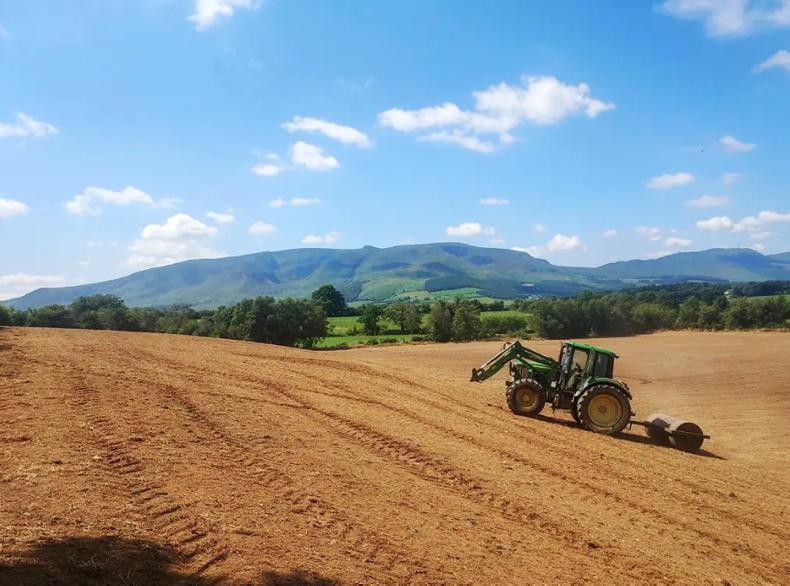
Reseeding in Clonea. \ Maighread B
1 Full reseed. The old grass (the sward) and other plants in the field must first be killed off by applying a herbicide, then the seedbed is prepared. This means preparing the soil, so that it is just right for the planting of the new seeds.
In some cases, farmers will plough the field to bury the old grass and loosen up the soil to make it ‘fine’, so that the seed doesn’t get lost once it is planted. Then the field is harrowed and, finally, it is rolled prior to sowing. The aim is to produce a ‘fine, firm’ seedbed, which will give the new plant the best chance of growing and establishing itself.
2 Harrow. In some cases, it may not be suitable to plough a field, as it might be, for example, a very stony soil.
In this case, the farmer will just harrow the field with a disc harrow, breaking up the top of the soil and then, after rolling, planting the new seeds.
3 Direct drill. In some cases, the soil won’t be disturbed at all, and the new seeds are ‘direct-drilled’ or ‘stitched’ into the ground without breaking up the soil, or disturbing the old dead sward.
Soil fertility
Before we ever think about planting new grass, we need to ensure that the soil has the correct fertility, or it has all the necessary nutrients to allow the new grass to grow. The three most common aspects we look at here are the pH of the soil, the amount of phosphorous available to the new plants and the amount of potassium or potash as some people call it, in the soil.
Soil pH is a measurement of how acidic it is, measured from 0-14 on a scale.
Each plant has a preferred pH. For grass plants, it is around 6.2/6.3. If we want to plant clover, then the preferred pH is closer to 6.5.
Over time, the pH of the soil can reduce, so it’s important to correct this reduction before reseeding. This is done by applying lime to the soil, which increases the soil’s pH.
Potassium and phosphorous are important nutrients for plant growth – phosphorous being particularly important for the root development of new plants.
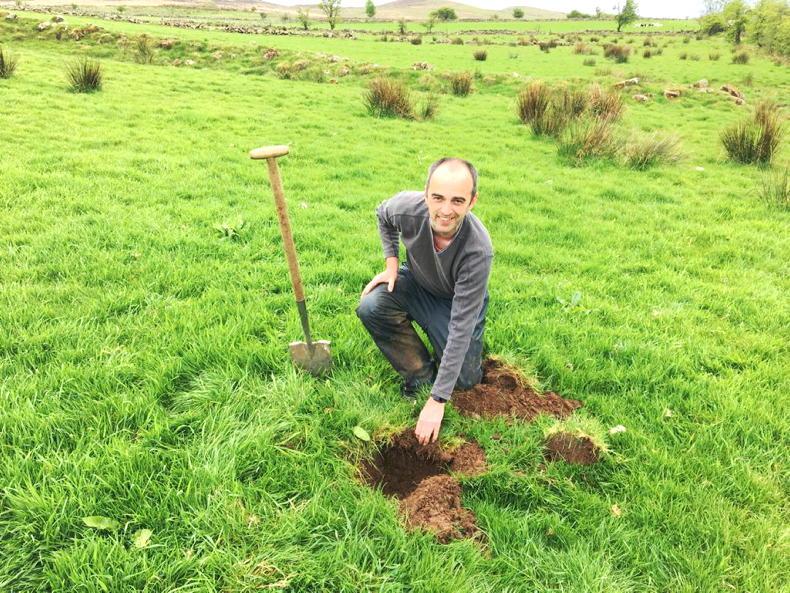
Dermot McAleese checking soils for compaction before reseeding.
Swards
Traditionally, swards have been reseeded with grass seeds only, but over the last 10 to 15 years, seed mixtures have included clover seeds too.
Even more recently, herbs have been included within the swards to give what is known as ‘multispecies swards’.
One of the key things with herbs and clover is that their seeds are often smaller than grass seeds, so it’s important not to bury them too deep in the soil. The seed contains all the machinery to allow the plant to grow, plus the fuel required to support that growth.
If the seed is small – like herb seeds are – and the seed is buried too deep, it can run out of fuel before the new plant can break through the soil and begin to photosynthesise. In this case, the plant dies and for that seed, the reseeding has failed.
So, when it comes to reseeding, we must ensure the correct seed mixture is selected, that soil fertility is good and correctly prepared, and that we plant the seed correctly. This gives the best chance for successful reseeding and a good return on our investment.
Read more
Optimising the many wonderful properties of colostrum
Grass, but not as we know it - silage explained
Most Irish agricultural land is used to grow grass and some other plants to feed cattle and sheep. Ireland has one of the best climates anywhere in the world to grow grass. This is because we have reliable rainfall for most of the year and the temperature from February all the way through to October (or even November) is warm enough for grass to grow well.
Over the past few weeks, you may have noticed that some fields have been sprayed to kill off the old grass, and that new grass has been planted.
Why would farmers do this? Grass is grass, right? Well, not exactly. All around the world, including here in Ireland, there are scientists known as plant breeders.
Their job is to breed newer varieties of grasses with better traits, which make them more suited to grazing, better at growing when the temperature is low or more nutritious for the animals that eat them. So, while the grass may all look the same as you walk by it, it can actually be very different with a lot of variety.
Reseeding is serious business
Reseeding is a big job and can cost a lot of money, so it’s very important that the job is done correctly. There are three different ways in which a field can be reseeded, as follows.

Reseeding in Clonea. \ Maighread B
1 Full reseed. The old grass (the sward) and other plants in the field must first be killed off by applying a herbicide, then the seedbed is prepared. This means preparing the soil, so that it is just right for the planting of the new seeds.
In some cases, farmers will plough the field to bury the old grass and loosen up the soil to make it ‘fine’, so that the seed doesn’t get lost once it is planted. Then the field is harrowed and, finally, it is rolled prior to sowing. The aim is to produce a ‘fine, firm’ seedbed, which will give the new plant the best chance of growing and establishing itself.
2 Harrow. In some cases, it may not be suitable to plough a field, as it might be, for example, a very stony soil.
In this case, the farmer will just harrow the field with a disc harrow, breaking up the top of the soil and then, after rolling, planting the new seeds.
3 Direct drill. In some cases, the soil won’t be disturbed at all, and the new seeds are ‘direct-drilled’ or ‘stitched’ into the ground without breaking up the soil, or disturbing the old dead sward.
Soil fertility
Before we ever think about planting new grass, we need to ensure that the soil has the correct fertility, or it has all the necessary nutrients to allow the new grass to grow. The three most common aspects we look at here are the pH of the soil, the amount of phosphorous available to the new plants and the amount of potassium or potash as some people call it, in the soil.
Soil pH is a measurement of how acidic it is, measured from 0-14 on a scale.
Each plant has a preferred pH. For grass plants, it is around 6.2/6.3. If we want to plant clover, then the preferred pH is closer to 6.5.
Over time, the pH of the soil can reduce, so it’s important to correct this reduction before reseeding. This is done by applying lime to the soil, which increases the soil’s pH.
Potassium and phosphorous are important nutrients for plant growth – phosphorous being particularly important for the root development of new plants.

Dermot McAleese checking soils for compaction before reseeding.
Swards
Traditionally, swards have been reseeded with grass seeds only, but over the last 10 to 15 years, seed mixtures have included clover seeds too.
Even more recently, herbs have been included within the swards to give what is known as ‘multispecies swards’.
One of the key things with herbs and clover is that their seeds are often smaller than grass seeds, so it’s important not to bury them too deep in the soil. The seed contains all the machinery to allow the plant to grow, plus the fuel required to support that growth.
If the seed is small – like herb seeds are – and the seed is buried too deep, it can run out of fuel before the new plant can break through the soil and begin to photosynthesise. In this case, the plant dies and for that seed, the reseeding has failed.
So, when it comes to reseeding, we must ensure the correct seed mixture is selected, that soil fertility is good and correctly prepared, and that we plant the seed correctly. This gives the best chance for successful reseeding and a good return on our investment.
Read more
Optimising the many wonderful properties of colostrum
Grass, but not as we know it - silage explained







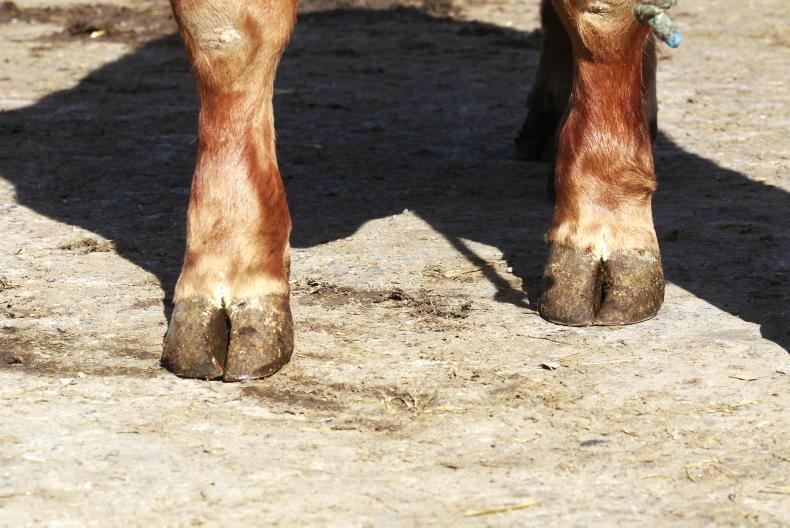

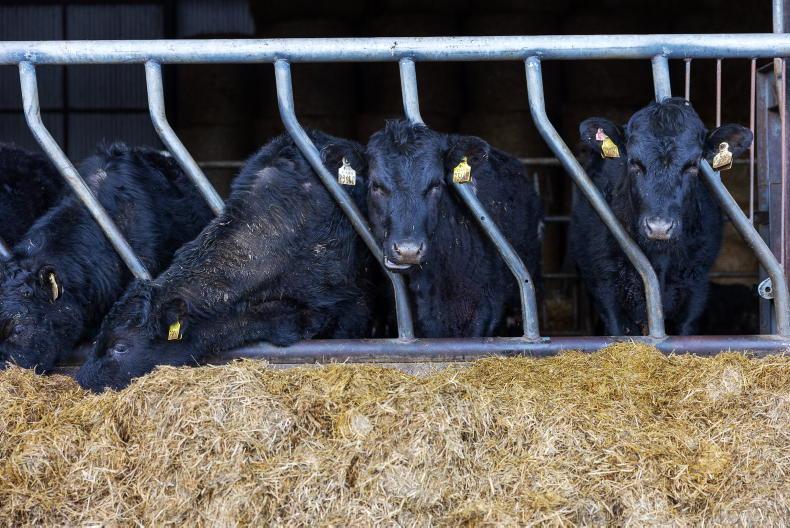
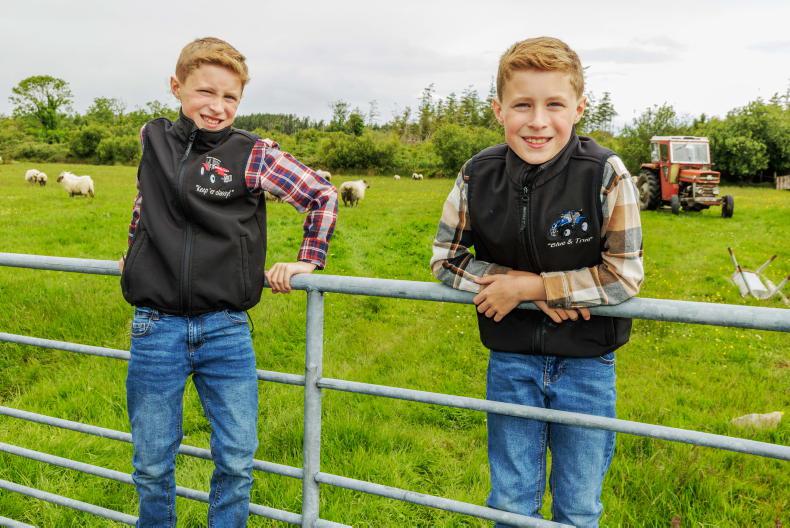
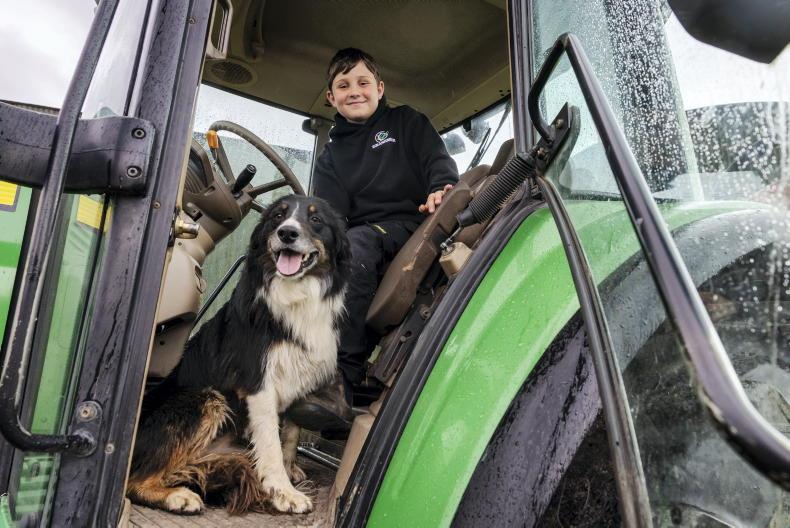
SHARING OPTIONS